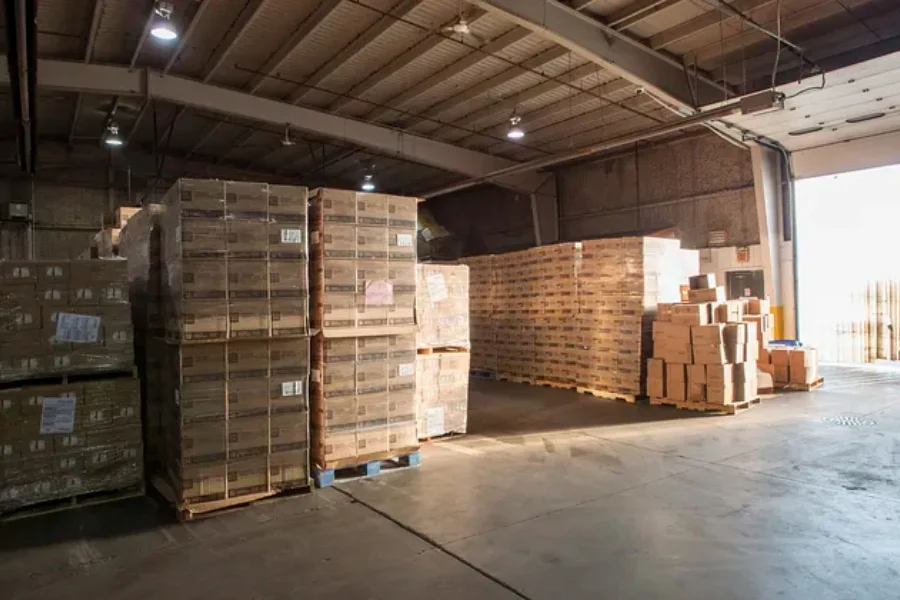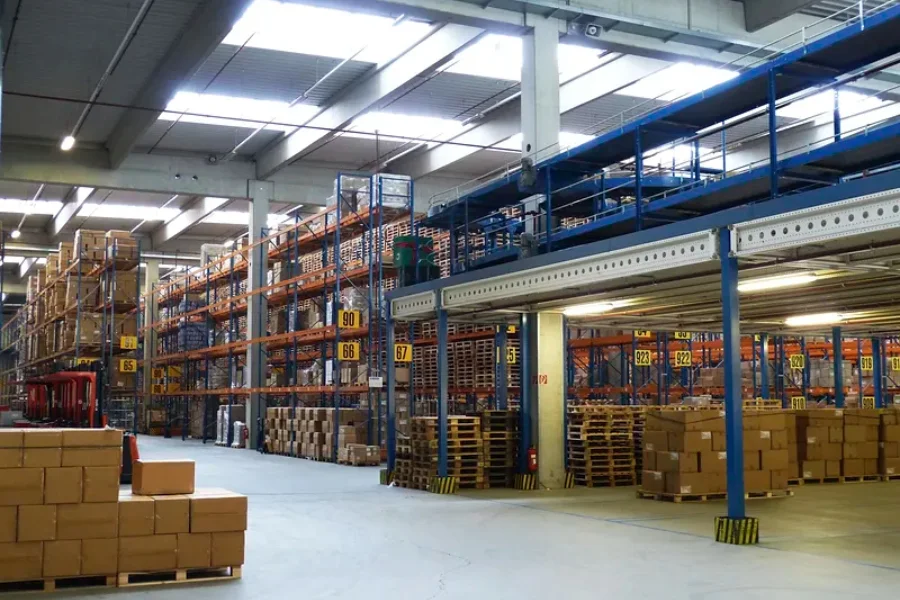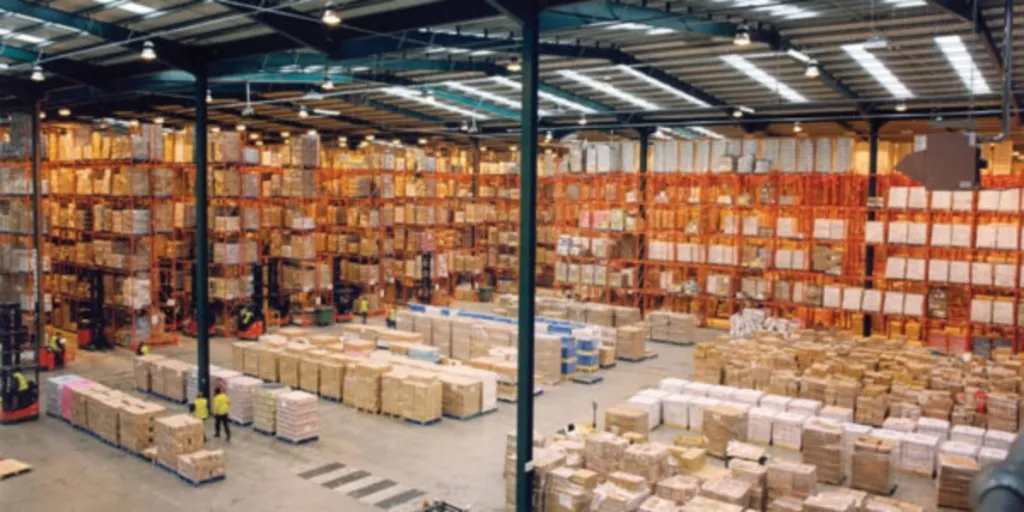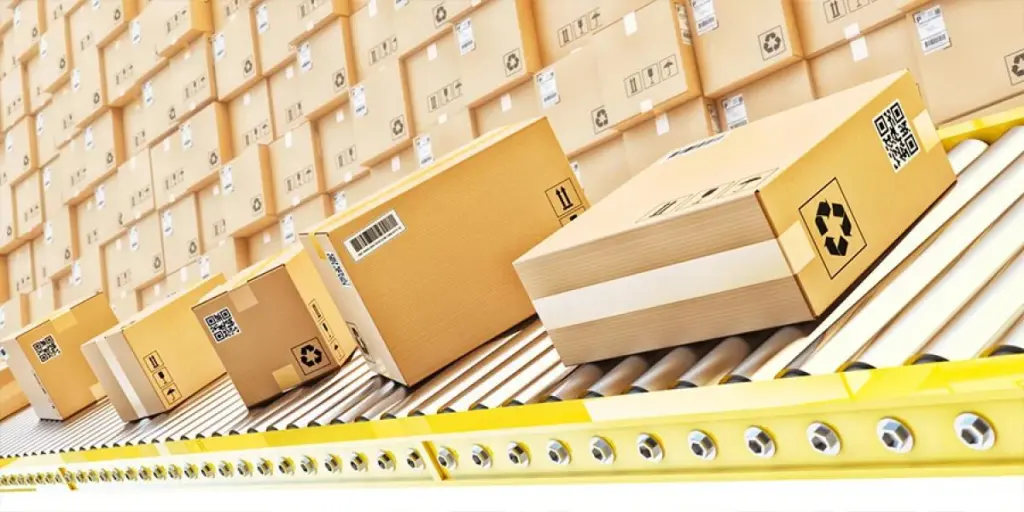The global health industry disruption and strict social distance measurement implemented by worldwide governments in the past few years had taken their toll on the worldwide economy. For instance, the global merchandise trade volume estimated by the World Trade Organization (WTO) showed that despite a steady growth since about a decade ago, there was a 5.3% decline in 2020 (previously predicted as 9.2%).
While the latest anticipation of WTO on the worldwide merchandise trade volume in 2021 was for it to bounce back with an upbeat 10.8%, the global economy is still struggling to regain its prior pace for growth, particularly in light of the unprecedentedly high inflation rate forecast for 2022.
Fortunately, despite such a potentially bleak economic outlook, there are some customs policies and facilities that the importers can take advantage of to their benefit and obtain a competitive advantage over the current economic challenges. One such example is a bonded warehouse, commonly referred to as a customs warehouse, which isa type of warehouse facility allowed by the government.. We aim to cover thepros and cons of bonded warehouses as well as its working theory.
Table of Contents
What is a bonded warehouse in the United States?
The 11 classes of bonded warehouses in the US
Pros and cons of bonded warehouse
How bonded warehousing works
Bonded warehouses vs. Foreign Trade Zones
Concluding thoughts on customs warehouses
What is a bonded warehouse in the United States?
A bonded warehouse, also known as a customs bonded warehouse in the US, is a structure or a warehouse where goods with unpaid duties are stored until they can be released lawfully. Bonded goods are the items kept in a facility like this. According to American law, goods can be stored in the bonded warehouse for up to five years without incurring duties.
Customs bonded warehouses in the United States may be operated by the government or by the private sector. Also, in addition to the functions of bonded warehouses serving as storage facilities for goods, bonded warehousing may also be utilized for manipulation or manufacturing purposes.
The 11 classes of bonded warehouses in the US
Customs bonded warehouses in the US are divided into 11 classes in accordance with part 19 of the Code of Federal Regulations for custom duties (19 C.F.R. 19.1). It is worth noting that not all of these 11 classes are commonly used or found, thereforewe will cover all 11 classes of bonded warehousing with a particular focus on themore widely used classes.

Government-owned or leased warehouse
Only under Customs and Border Protection (CBP)’s instruction (“general order”) would merchandise – the confiscated goods under CBP’s examination and pending disposal, be kept in such government premises.
Privately owned warehouse
Private warehouse used only for the storage of goods belonging to or entrusted to the owners. One of the most commonly used classes of bonded warehouses.
Public bonded warehouse
This is for the exclusive storage of imported merchandise.
Bonded yards or sheds
These are where those bulky, heavy imported merchandises are kept. For example, items such as stables, feeding pens, corrals, tanks for imported liquid goods, and restricted enclosures for storing imported animals are all under this class. This is another most commonly used class of bonded warehouses.
Bonded bins or elevators or parts of buildings
This is for storage of grain.
Bonded warehouse as a manufacturing center
These warehouses manufacture goods created entirely or assembled from imported parts solely for export purposes. The particular parts that are imported to this single location are not subject to taxes. This is probably why this class is also one of the most popular customs bonded warehouse types in the US.
Bonded warehouse as a smelting and refining center
This is created for the purpose of smelting and refining imported substances for export or local usage.
Bonded warehouse for cleaning, sorting, and repacking facility
Under CBP inspection and at the owner’s expense, the cleaning, sorting, and repacking of imported products without involving any production processes.
Bonded warehouses as “duty-free stores”
Allow the selling of conditionally duty-free goods for use outside the customs territory. Goods in this class must be owned or sold by the warehouse proprietors and must be transferred from the warehouse to an airport or another exit point for export by (or on behalf of) individuals departing the customs territory or foreign places. These stores could also provide non-duty-free goods.
Bonded warehouses as international travel merchandise centers
To sell conditionally duty-free on flights rather than at duty-free shops.
Bonded warehouses as confiscated centers
These warehouses are designed to store goods that are held by CBP in General Order (GO) and are not able to clear customs for more than 15 days.
Pros and cons of bonded warehouses in the US

Advantages of customs bonded warehouses in the United States
There are many benefits of a customs bonded warehouse that can be taken advantage of. Here are a few reasons why companies use bonded warehousing, highlighting the importance of bonded warehouses.
1) Gain the financial edge in duty and tax payments
Customs duties, and other import related taxes for the imported goods can be deferred while stored in a bonded warehouse until the goods are shipped, including any raw materials that may still proceed through the manufacturing process. Therefore, importers may make better financial plans for other business operations to advance the firm rather than being preoccupied with figuring out and estimating the probable amount of accumulated duty and taxes.
2) Greater flexibility between import/export options
With the options conferred by customs bonded warehouses, importers and exporters are facilitated and supported by gaining flexibility between import and export choices. This is because not only that the duty and tax are payable only when the goods are withdrawn for domestic usage within the United States, and the responsibility to pay duty and taxes are waived if the importers manage to export the goods instead.
3) Restricted goods storage
Restricted goods imports are subject to a strict time frame limit with additional documentation requirements needed for approval. Customs bonded warehouses, however, are excluded from this time frame and documentation restrictions. In other words, the storage of restricted goods and conventional goods is similar to the importers, when placing the restricted goods in customs bonded warehouses. As such, restrictive goods such as alcohol and certain food items can be stored in customs bonded warehouses without worrying about rigorous documentation deadline constraints and other complex legal processes.
4) Long-term storage
Regardless of the nature of the items being stored, the customs bonded warehouses offer long term storage for up to five years without the need to pay customs or taxes. The importers may thereby buy time to prepare the necessary documentation, pending parts shipment for manufacture, and mulling manufacturing options while enjoying all these without worrying about duty and tax implications.
5) Safe and secure storage
The establishment of a customs bonded warehouse is subject to detailed and strict assessment ensuring that goods are safely and securely stored. The process may include, for example, lengthy application forms, fire underwriters’ details, full contact details, and fingerprints of anyone having access to the warehouse. The warehouse is subject to constant recorded surveillance with all required security measurements too. Regular as well as impromptu compliance checks may be conducted by the CBP officers from time to time to ensure full compliance of bonded warehouses too. All these help to ensure the safety and security of goods stored in the customs bonded warehouses.
Disadvantages of customs bonded warehouse in the United States
Now that we have discussed the advantages of a bonded warehouse, it is clear as to why bonded warehouses would be an attractive option. But what are the disadvantages of a bonded warehouse? We have covered the disadvantages of bonded warehousing below.
1) Limited control
After all, it is important to keep in mind that customs bonded warehouses are under the strict supervision of the government, hence whoever chooses to keep the goods there is subject to certain rules and regulations limiting how goods are handled once stored inside the bonded warehouse. Even if the goods may need particular care or administration, the controls of the importers are nevertheless limited in a similar fashion.
2) Repercussions of nonpayment
Similar to all other government control properties, overdue payments or long-delayed goods in the customs bonded warehouse may be subject to not only additional fees but also the risk of being confiscated or auctioned off directly. Hence it is important for the importers to be fully aware of such repercussions and keep an eye on the due date for payments and storage deadline carefully.
How bonded warehousing works

Generally, the operation process of bonded warehousing can be divided into a few steps. Here’s a short list of customs bonded warehouse procedures:
Receiving the imported goods
Both the importer and customs bonded warehouse owner are held responsible by a warehouse bond once the goods are received in the warehouse. All duties, taxes, and customs fees are now postponed until the goods depart from the warehouse.
Processing of the stored goods
The goods are being processed at this stage, depending on the classes of bonded warehouse, it may be subject to cleaning, sorting, or repacking for example. It may also be managed according to the nature of goods, such as deep freezing or bulky goods handling processes. For raw materials or partial goods shipments, manufacturing or assembly operations may also be undertaken.
Completed transactions
This is the stage when the importers successfully make deals with clients and deliver the goods to another destination. Some bonded warehouses also act as fulfillment centers thereby enabling a seamless manufacturing and delivery process resulting in faster delivery.
Payment at release
All required import fees and taxes must be paid at the time of release in order to withdraw the bonded goods for the customers in the United States.
Customs bonded warehouses vs. Foreign Trade Zones
When talking about customs bonded warehouses Foreign Trade Zones (FTZs) are often considered by the importers too, since they both are common options to keep imported goods while enjoying deferred payment of customs duties in the United States.
However, there are quite a few significant differences between customs bonded warehouses and Foreign Trade Zones (FTZs).The most obvious one being in terms of storage time limit – since the foreign trade zones offer unlimited storage periods – whereas the customs bonded warehouses have a storage time frame limit of up to five years. Meanwhile, from the permissible goods for storage point of view, foreign trade zones offer storage space for both foreign and domestic goods while customs bonded warehouses are specialized for foreign goods storage instead.
Since foreign trade zones are situated in particular designated economic zones which are classified as outside of the United States customs territory, goods stored in FTZs are not subject to customs entry procedure, unlike those stored in the customs bonded warehouse. As a result, the customs bonds are not applicable to goods in FTZs compared to goods kept in customs bonded warehouses too.
Despite many differences between customs bonded warehouses and FTZs, the selection between these two can be greatly dependent on the geographical options and types of goods being stored. This is because the consideration typically centers on the nearest option to the business operations as well as how the different types of goods are best handled under these two programs.
Concluding thoughts on customs warehouses
The global sector of world trade and logistics is suffering from rising business expenses and a gloomy economic perspective. Therefore, it is becoming increasingly crucial for shippers to look for more creative methods to reduce operating expenses. It is more important than ever to know what is a bonded warehouse in the US and have a thorough grasp of how the warehousing options to postpone tax and duty payments work towards maximizing cash flow flexibility.
For additional details on customs bonded warehouses in the US, readers may be interested in learning about logistics process expertise, types of warehouse management systems (WMS) and creative approaches to reduce freight costs on Alibaba Reads.

Looking for a logistics solution with competitive pricing, full visibility, and readily accessible customer support? Check out the Alibaba.com Logistics Marketplace today.




